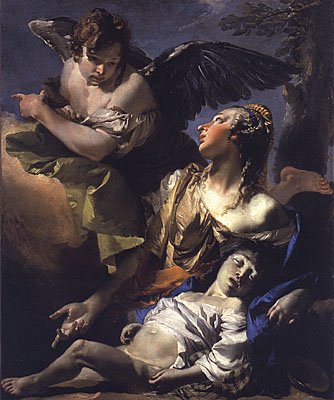Scuola Grande di San Rocco
EMAIL: snrocco@libero.it
TELEFONO E FAX: 39 041 52 34 864
WEBSITE: www.scuolagrandesanrocco.it
LOCATION: Campo San Rocco, 3052, a San Polo
The year 1485 was a very important year for the Scuola Grande of San Rocco as it came into possession of St. Roch’s body which had been stolen from Montpellier and placed in the church of San Geminiano waiting for a definitive placement. The Saint’s relics were later moved to the church of San Silvestro and rows emerged over who was entitled to them. Finally, the confraternity’s members decided to go back to their original headquarters in the Frari’s church. Since then the Scuola acquired increasing importance as it owned the sacred relics which soon enabled it to obtain the money needed to build a church (the church of San Rocco) which was partly erected between 1489 and 1508 by Bartolomeo Bon. In 1516 the members of the confraternity erected a small building to the right side of the church to be used as their social headquarters. Its small size prevented the neighbouring religious from growing suspicious. Only in 1517 did the new and prestigious social headquarters start to be built by architect Bartolomeo Bon behind the Frari’s church. The building activities were slow and often interrupted owing to the Scuola’s moody heads and to Bon’s inefficiency. Indeed in 1524 he was deprived of his mandate and replaced by Sante Lombardo who resigned a few years later thus making it necessary to resort to a third architect: Antonio Abbondi, known as the “Scarpagnino”, who attended to the completion of the whole building (both the inside and the front).Indeed, the mixed yet original style of the façade is due to the contribution of three different architects. The interior decoration was mostly taken care of by Tintoretto between 1564 and 1587 and his magnificent canvas paintings can still be admired by the public (for a more detailed description of his works, please read the section on this Scuola in the chapter dedicated to the sestiere of San Polo). The Scuola Grande di S. Rocco, as most Scuole Grandi in Venice, consists of three very important rooms: an ample room with columns on the ground floor, one as large above and a smaller one called Sala dell’Albergo (boardroom). Most of the numerous canvasses it hosts were made by Jacopo Robusti, called Tintoretto. Son of a cloth dyer (“tintore” in Italian, hence his nickname), he spent most of his life in Venice. He was very young when he started to attend Titian’s studio but, owing to his brilliant and turbulent character, he soon broke away from that particular Venetian classicism that sees in Titian one of its main representatives. Ever since the beginning, Tintoretto proved very original although he drew inspiration from Sansovino’s and Michelangelo’s works. The work was carried out in three stages: from 1564 to 1566 he decorated the boardroom (Sala dell’Albergo), between 1576 and 1581 the upstairs room (Sala superiore) and from 1583 and 1587 the ground-floor hall (Sala inferiore). He managed to win the contract to paint all the “teleri” (large canvasses) of the Scuola thanks to a cunning stratagem: in 1564, when the Scuola advertised a competition regarding the painting of the boardroom ceiling, he presented the work already set on the ceiling claiming that that was the way he worked. The other competitors protested but, as he refused to be paid and offered the painting as a sign of devotion, he was commissioned the decoration of the whole Scuola.




